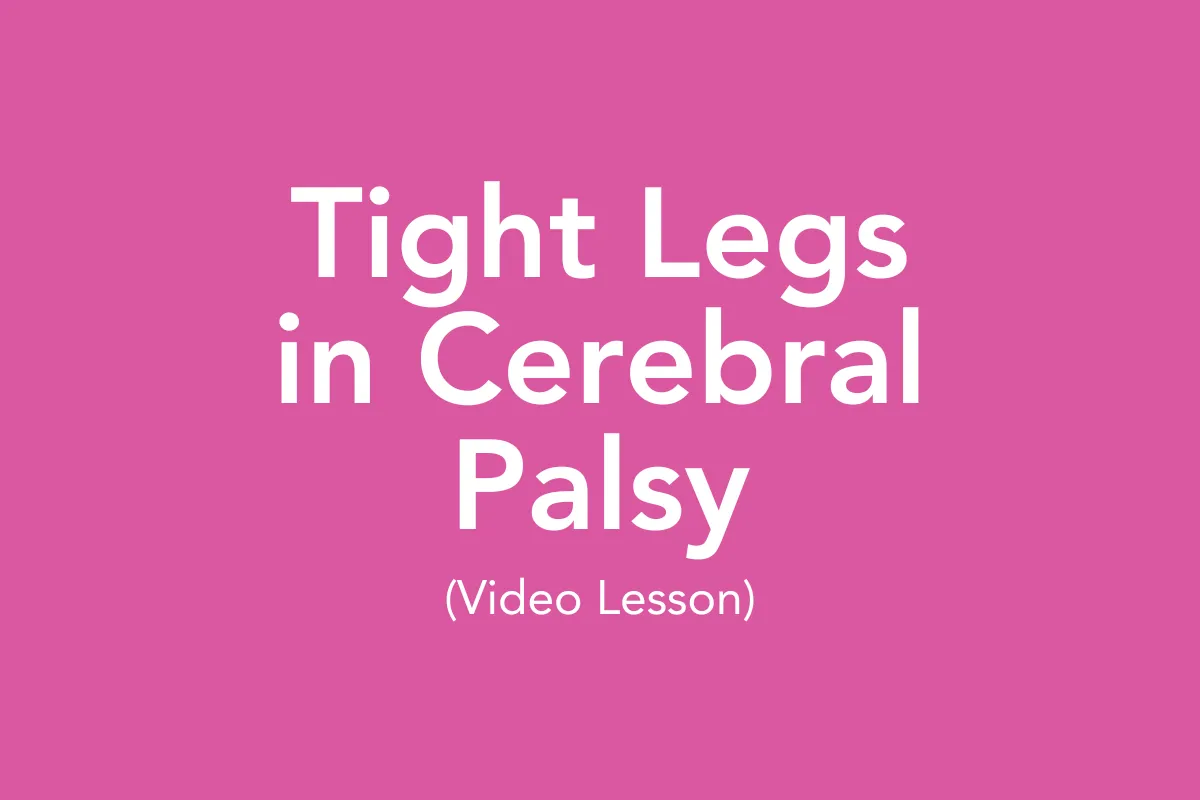
Post 17: Leg Segmentation & Core Stability in Cerebral Palsy | Fascia Therapy Explained (Video Lesson)
Why Your Child’s Legs Can’t Move Freely Without Core Support
In the previous blog post, I talked about the legs—and why they often look tight or misaligned in children with cerebral palsy. But more importantly, I explained why those leg patterns are often just a reflection of what’s missing in the core.
In this video, I go deeper into that concept. I explain how to check whether your child’s legs are truly “segmented” or if they’re still moving together with the rest of the body like a mermaid tail.
Instead of focusing only on the angle of movement (like traditional ROM tests do), I show you how to observe where the movement is actually coming from. When there’s no true segmentation, the brain struggles to make sense of the leg as an independent part—which makes control much harder.
I also talk about what this means for things like spasticity, tone, and the way your child positions their feet or knees. Understanding this can change how you support your child—from the inside out.
👉 You can watch the video here: legs video
Want to learn how to make a fascia roller at home and help your child relax tight muscles gently?
🎥 Watch the video tutorial here.
Ready to Start?
Take your first step into fascia therapy with our short, parent-friendly workshop:
The #1 Fascia Therapy To Improve Torso Control
Gentle, effective, and easy to begin—no experience needed.
Want to Go Deeper?
If you’re ready to fully embrace this gentle approach and receive personalized support, apply for TheraParent Coaching—our therapeutic coaching program designed for dedicated parents like you.
Includes weekly calls, a tailored plan, and a supportive community.
Apply here – it’s free to explore.
Stay connected and inspired every week.
Subscribe to our weekly blog updates and receive new posts, encouragement, and fascia therapy tips right in your inbox. So never miss the support and ideas that can make a difference in your journey.
